I’m back!
Warning: This plane has narrow-track landing gear. Be careful when landing (Further details under “notes”).
Features:
- Two 23mm NS-23 cannon
- Four RS-82 rockets
- Flaps
History:
Purpose: To investigate the potential of a
rocket-propelled interceptor.
Design Bureau: OKB-155 of A.I. Mikoyan.
As a major (in most respects the greatest) pioneer of rocket-propelled aircraft, the Soviet Union was intrigued to capture examples of the Messerschmitt Me 163 and Me 263 (Ju248). In 1944, theMiG OKB produced 'doodles' of Me 163 type aircraft, but in 1945 the bureau received a contract to build two prototypes of a rocket interceptor (a similar contract was awarded to A. S. Moskalyov). The MiG aircraft was designated K, the Cyrillic character sounding like the s in 'measure', represented in English as Zh, and given the official designation I-270.To prepare for the aircraft's handling qualities several OKB and NIl-WS pilots practiced with a Yak-3 over-loaded by lead bars. The first I-270 was ready for flight well before its propulsion system. The rocket engine was simulated by an inert mass in the tail, but No.1 was still well below normal weight because it lacked propellants, armament, radio and the windmill generator. In early December 1946 V. N. Yuganov began testing it as a glider at speeds up to 300km/h (186mph), casting off from a Tu-2 tug. At the start of 1947 No.2 was ready, with propulsion, and it began testing (precise date not recorded), the assigned pilot being A. K. Pakhomov of the WS. On an early flight, the I-270 made a badly judged landing which dam- aged 02 beyond economic repair. A few weeks later Yuganov belly-landed No.1, and again nobody bothered to repair it.
Generally similar in layout to the Ju 248, except for the prudent addition of a high-mount- ed horizontal tail, the I-270 was of course all-metal. The small wing had a laminar pro- file, fixed leading edge, slotted flaps and conventional outboard ailerons. Structurally it was unusual in having five spars. The tail comprised a large fin and mass-balanced rudder and a small tailplane with elevators which, like the ailerons, had bellcrank fair- ings on the underside. The circular-section fuselage had the wing amidships at mid- depth, attached from below as a single unit. The cockpit in the nose was pressurized by air bottles, and the seat could be ejected by a cordite gun. The tricycle landing gear had a track of only 1.6m (5ft Sin) despite the main wheels being inclined slightly outwards. Wheelbase was 2.415m (7ft ll in), the nose unit being steerable. Each unit retracted for- wards, power for the landing gear and flaps being provided by air bottles. The rocket engine was an RD-2M-3V , developed by L. S. Dushkin and V. P. Glushko. The fuselage behind the cockpit was almost entirely occu- pied by four tanks housing 1,620kg (3,571 Ib) of RFNA (red fuming nitric acid) and 440kg (970 Ib) of kerosene. These were initially fed by an electrically driven pump, of Me 163 type. As the liquids reached the chamber they were automatically ignited by injection of high-test hydrogen peroxide, of which 60kg (132 Ib) was provided in seven stainless-steel bottles. Once operating, the engine was fed by turbo-pumps driven by the propellants themselves. The engine had one main thrust chamber, rated at sea level at 1,450kg (3,1971b), and an auxiliary chamber rated at 400kg (882 Ib). Take-off and initial climb was normally made with both in operation, when endurance was about 41/2min. In cruising flight, with the small chamber alone in use (high-altitude thrust being about 480kg, (1,058 lb), endurance was 9min. An electrical system was served by a battery charged by an Me 163 type windmill generator on the nose. RSI-4 radio was fitted, with an external wire antenna, and armament comprised two NS-23 with 40 rounds each. A plan to fit four RS-82 rockets under the wings was not actioned.
By the time they were built these aircraft were judged to be of no military importance.
Historical Gallery:
Three-view of I-270

I-270 No.1 without rocket motor

I-270 No.2

Historical Footage:
Check this link here
Notes (Important):
- When activating engine while in flight, pitch forward all the way and then slowly increase throttle.
- When taking off, be sure that you are not turning; Otherwise it will become unstable and rock from side to side.
- Make sure that you land straight; otherwise you will crash.
- Take it easy on the pitch control. You will go into a flat spin if you pitch down to hard. Pitch-up is fine.
Specifications
Spotlights
- Trainzo 7.1 years ago
General Characteristics
- Created On iOS
- Wingspan 44.7ft (13.6m)
- Length 37.8ft (11.5m)
- Height 13.5ft (4.1m)
- Empty Weight 1,557lbs (706kg)
- Loaded Weight 21,945lbs (9,954kg)
Performance
- Power/Weight Ratio 1.843
- Wing Loading 71.1lbs/ft2 (347.4kg/m2)
- Wing Area 308.5ft2 (28.7m2)
- Drag Points 4988
Parts
- Number of Parts 57
- Control Surfaces 7
- Performance Cost 309

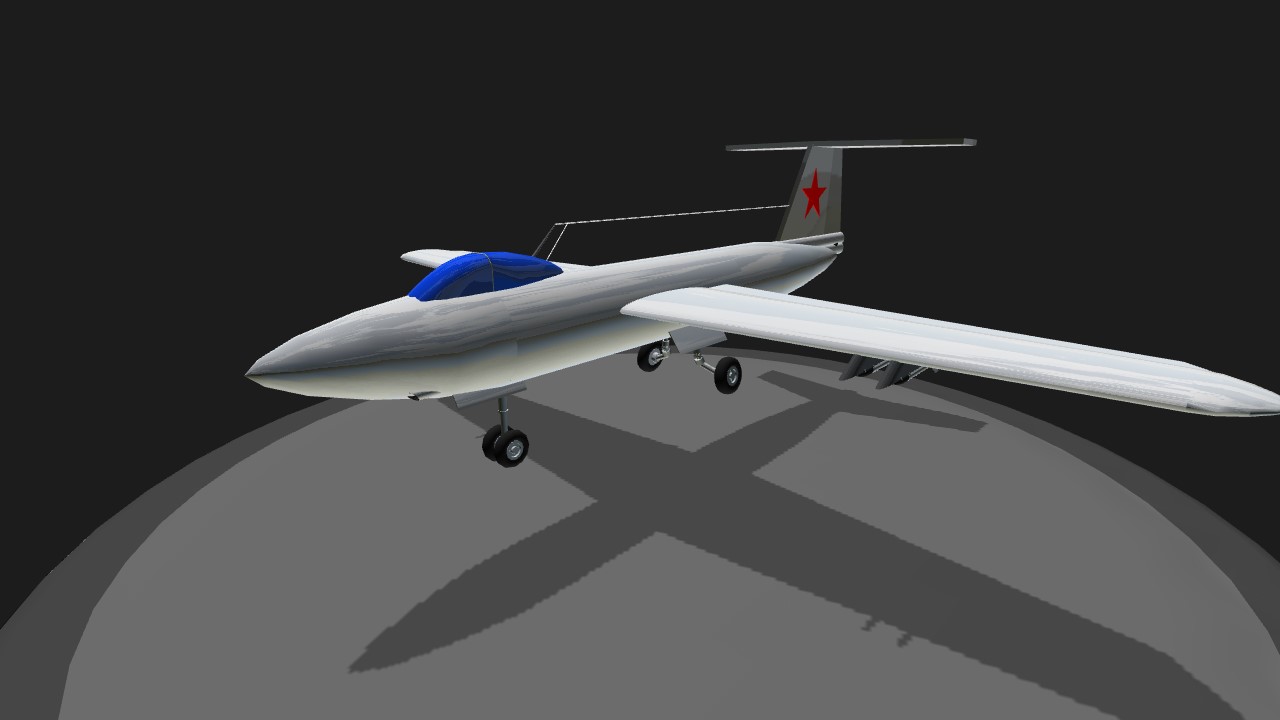
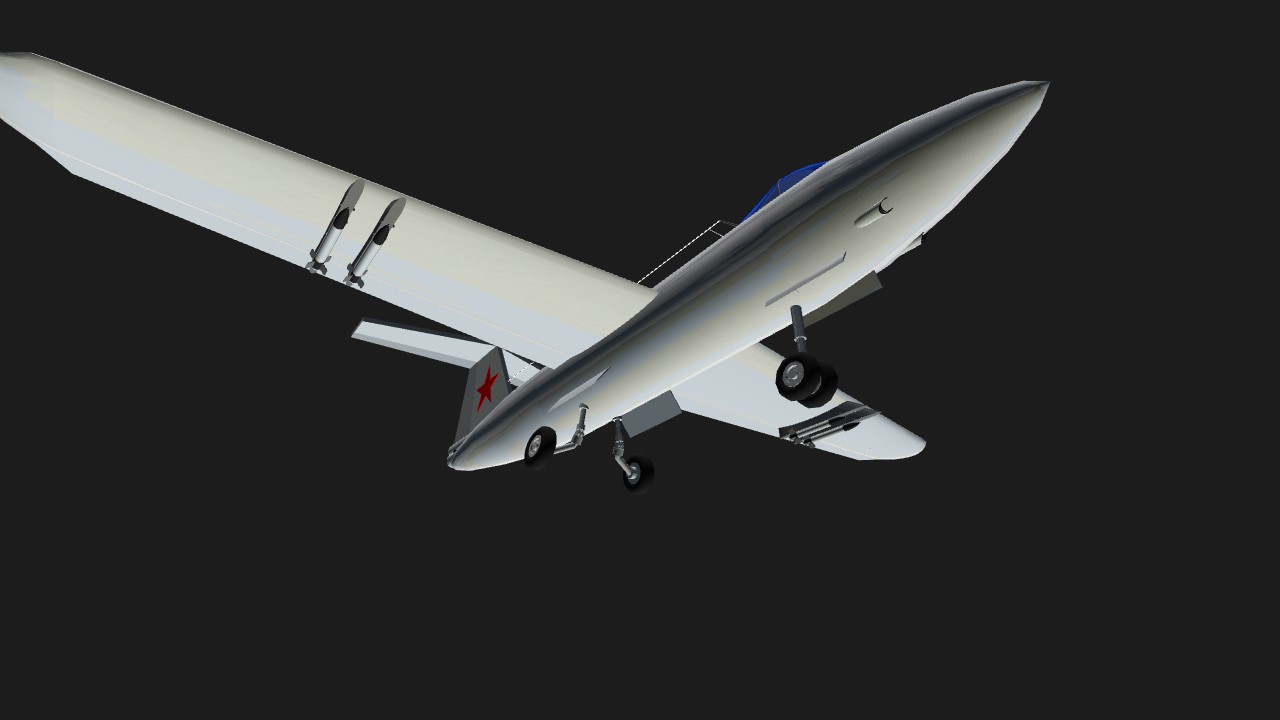
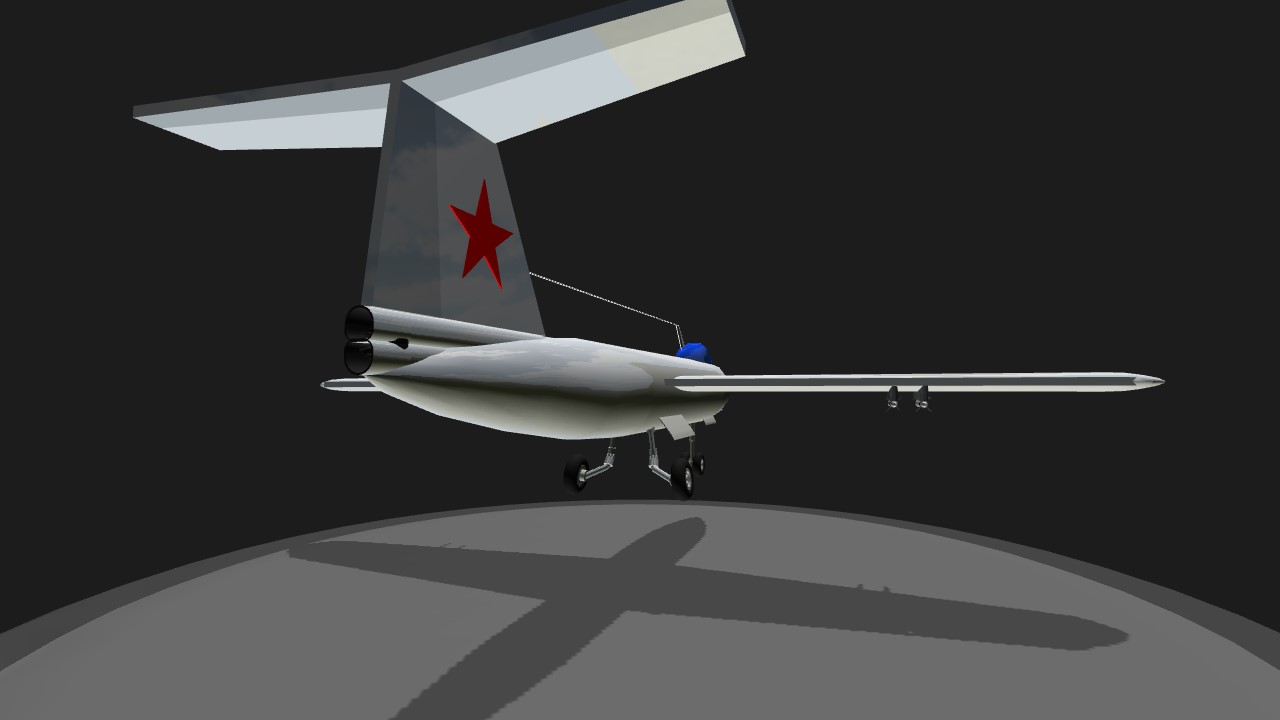
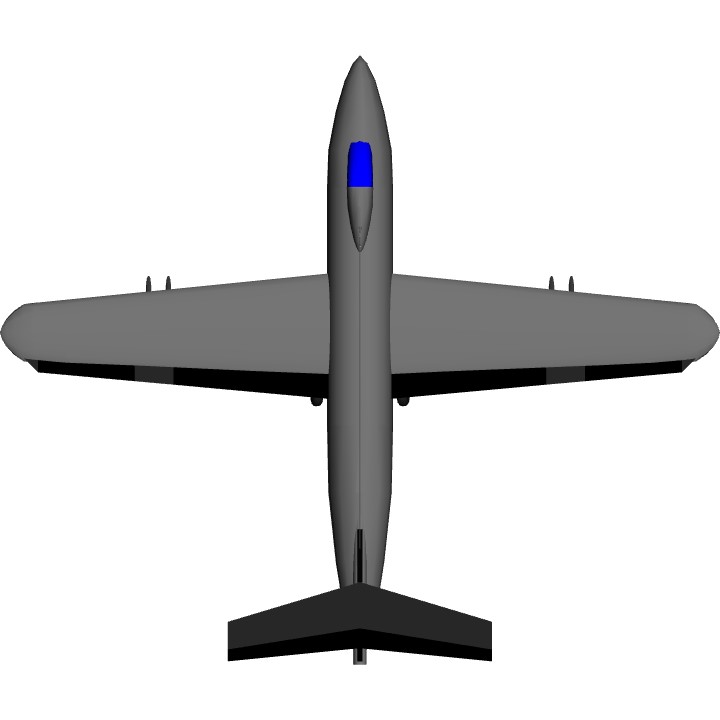
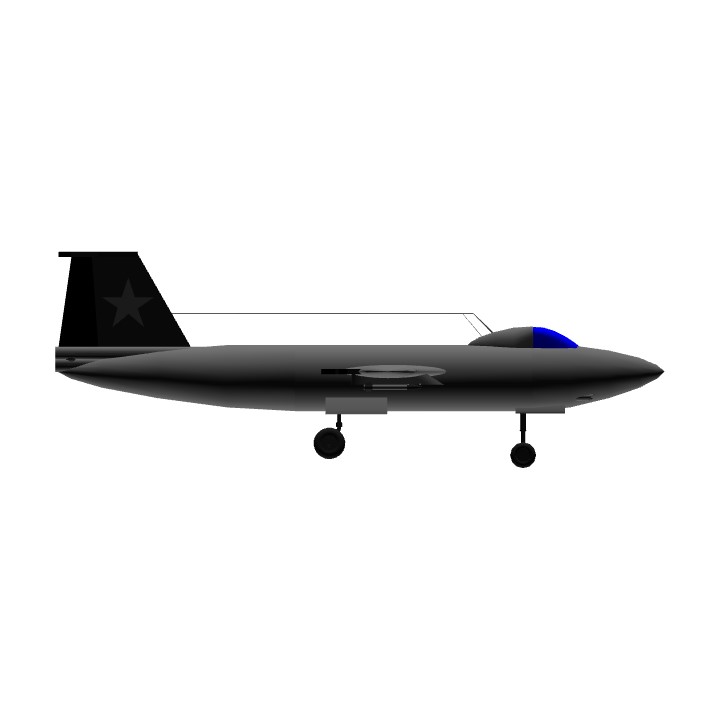
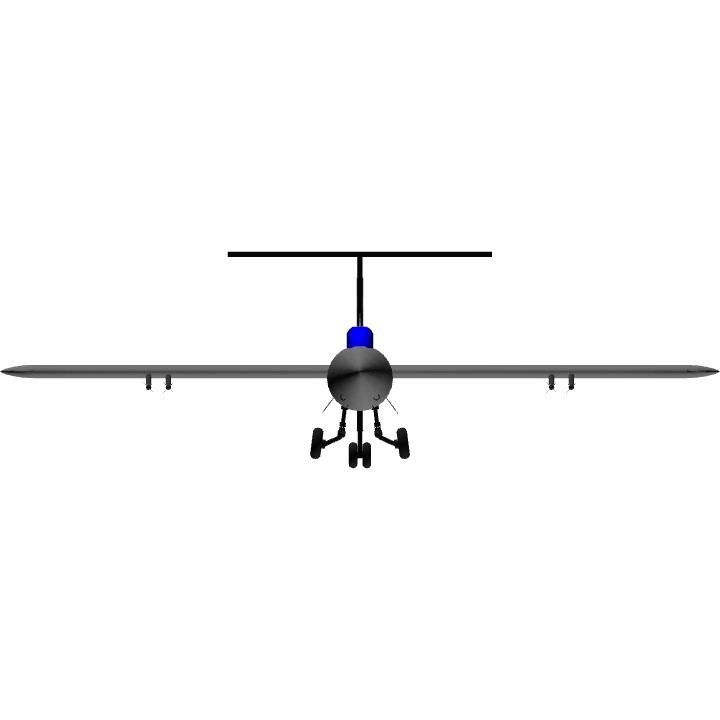
Thank you for the upvote! @SodiumChloride
Thanks! @Trainzo